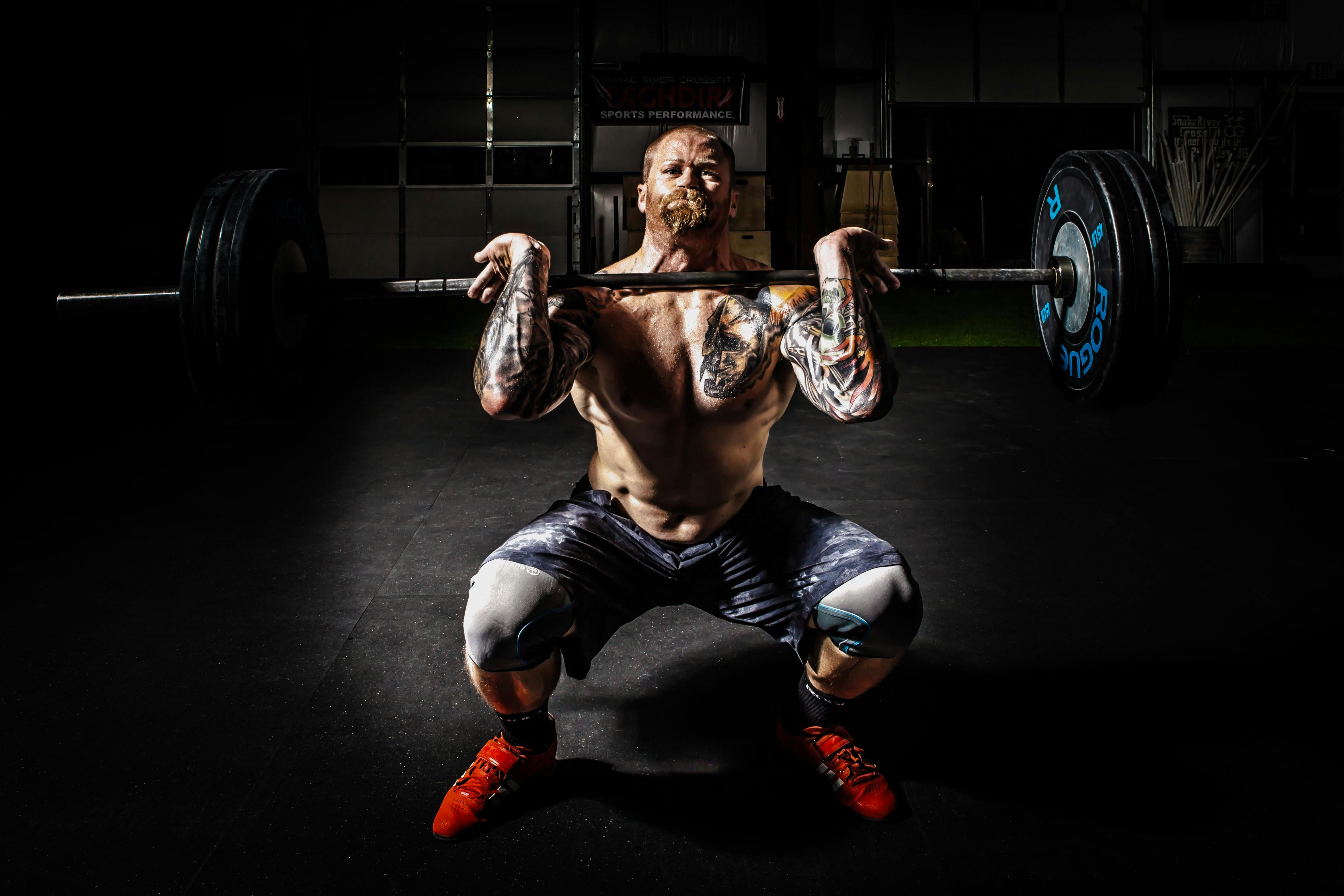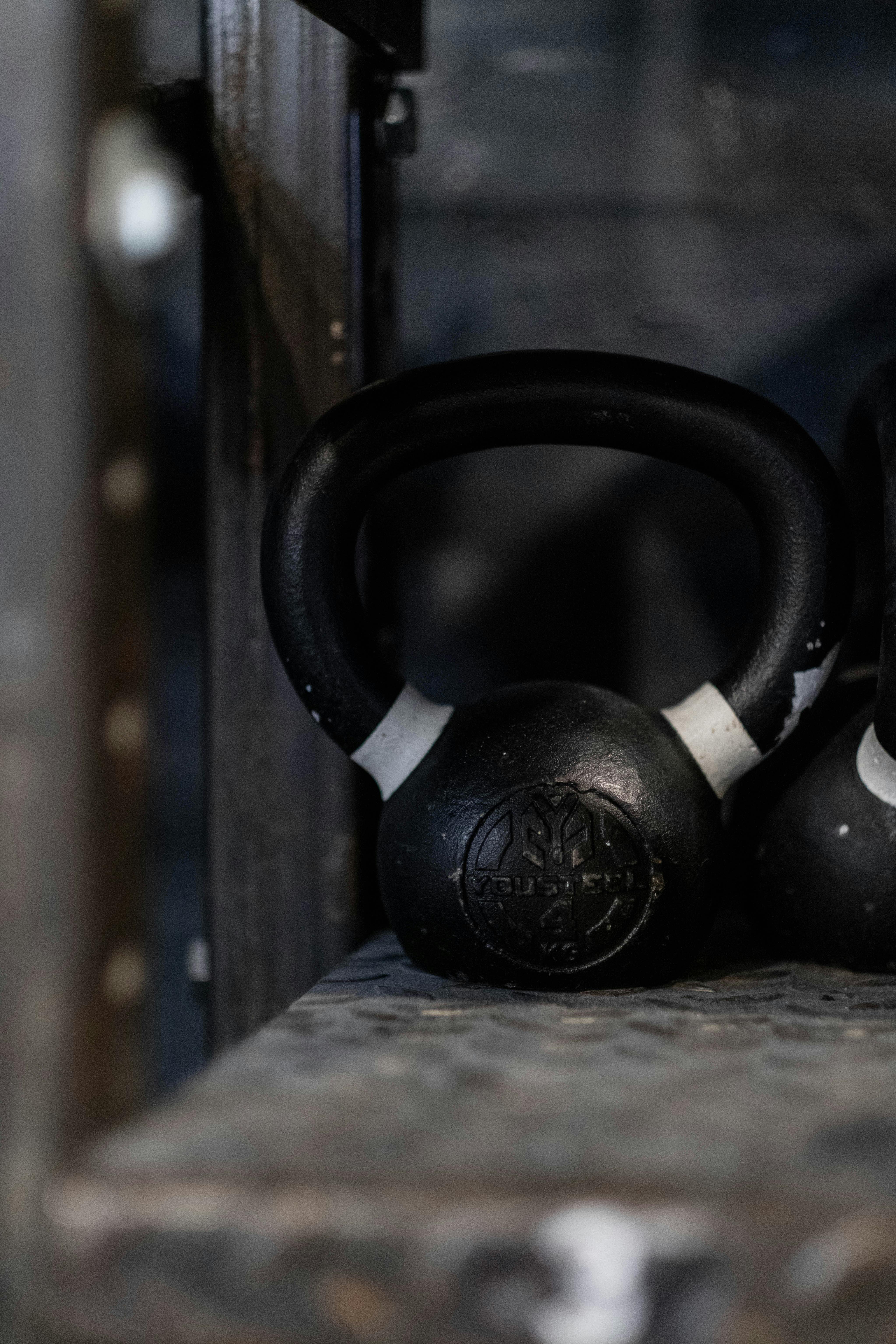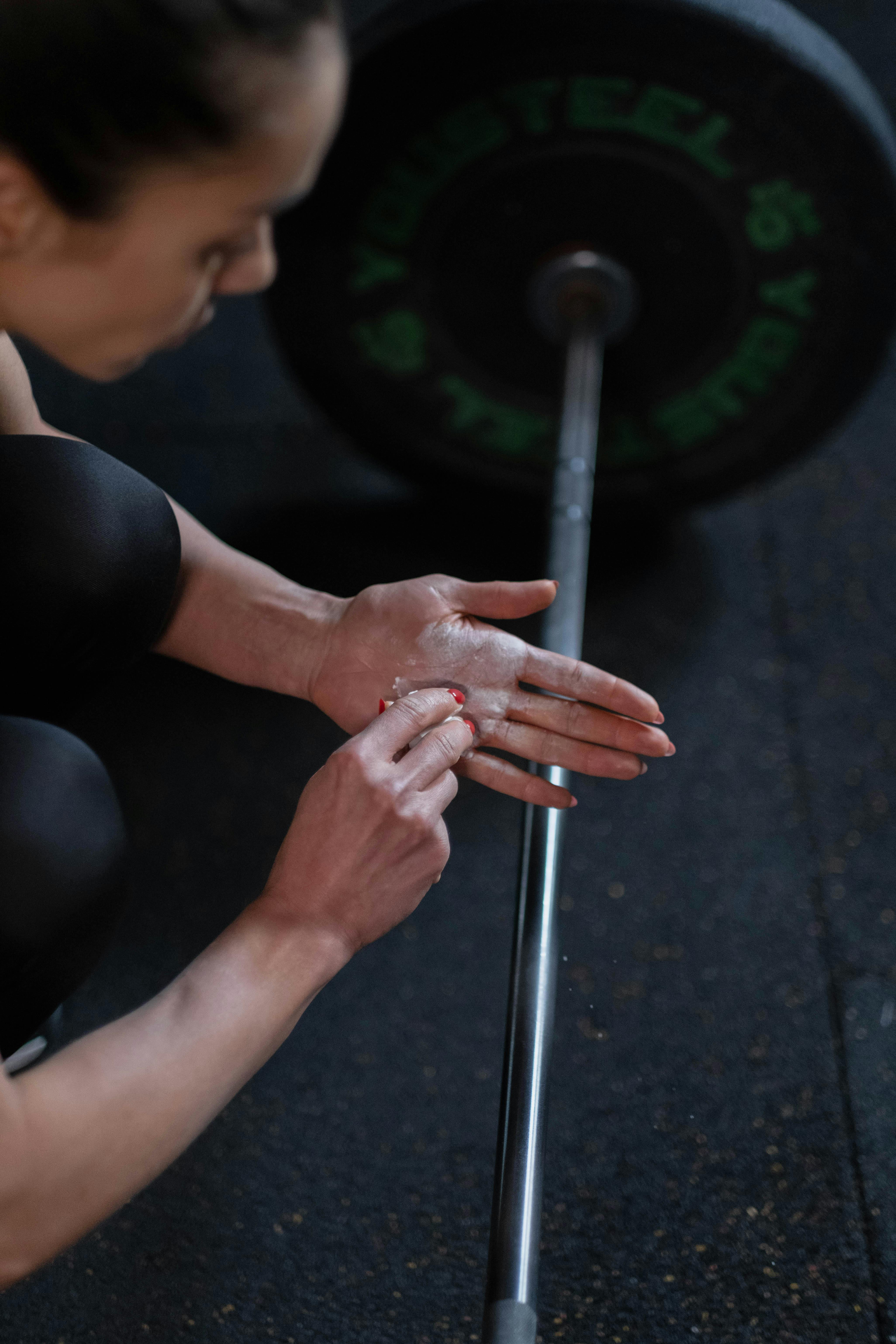How to Increase Squat Weight: Effective Strategies for Progress
Increasing your squat weight is a key milestone for anyone committed to improving their strength and fitness. Whether you’re an athlete or simply someone looking to lift heavier, mastering this skill requires more than just effort – it demands proper technique, training, and mindset. This article will provide you with actionable strategies and insights on how to increase squat weight effectively.

Understanding the Fundamentals
Before jumping into more advanced techniques, it’s essential to understand the core principles behind squat mechanics and strength development. Squatting is not only about pushing your legs; it’s about total body coordination and power. Proper form, alignment, and muscular engagement are key to progressing safely and efficiently.
The squat is one of the most functional movements in weight training, requiring strength from your legs, core, and lower back. By focusing on these foundational elements, you can start building the necessary strength and technique to safely increase the amount of weight you can lift.
1.1 The Importance of Proper Form
The first step in increasing squat weight is understanding and maintaining proper form. Without correct form, you risk injury and inefficiency. Squats are a compound movement that recruits multiple muscle groups, including your quadriceps, hamstrings, glutes, and lower back. Incorrect form not only hinders progress but also increases the risk of joint strain and muscle injury.
Key points to remember include keeping your chest up, maintaining a neutral spine, and ensuring your knees track over your toes. For beginners, it’s crucial to start with lighter weights or even bodyweight squats to master the motion before progressing.
1.2 Building a Strong Foundation
Squat strength doesn’t come overnight – it requires building a solid foundation. This means developing strength in the muscles that power the squat, particularly your quadriceps, hamstrings, and glutes. A strong core is also vital for supporting your body through the movement.
It’s important to incorporate accessory exercises that target these muscle groups, such as lunges, step-ups, and deadlifts. By strengthening these muscles, you enhance your overall squat performance and reduce the risk of injury as you add more weight to the barbell.
Practical Implementation Guide
Now that you understand the basics of squat mechanics and strength foundations, it’s time to dive into practical methods for increasing squat weight. Here’s how you can effectively apply these principles to your training routine.

2.1 Actionable Steps
- Step 1: Focus on Consistency – Consistency is key to improving squat weight. Aim for at least two to three squat-focused sessions per week, allowing adequate recovery time between sessions.
- Step 2: Progressive Overload – Gradually increase the weight on your squats. Start by adding small increments (5-10 lbs) each session or week. The goal is to challenge your muscles without risking injury.
- Step 3: Use Accessory Lifts – Incorporate exercises that complement your squats, like deadlifts, lunges, and glute bridges, to strengthen the muscles used in squatting. These exercises help build the supporting muscles and increase your lifting capacity.
2.2 Overcoming Challenges
Many lifters encounter obstacles when trying to increase squat weight. Some common challenges include hitting a plateau, dealing with weak points in the lift, or struggling with form during heavier sets.
To overcome these challenges, consider incorporating deload weeks, which involve lowering the weight to allow your body to recover fully. Another strategy is to adjust your squat stance or foot positioning to engage different muscle groups. Additionally, ensure you’re eating enough calories and protein to support muscle growth.
Advanced Applications
Once you’ve built a solid foundation and have seen some progress, it’s time to incorporate advanced techniques that can push your squat performance to the next level. These methods involve more specialized exercises and training approaches to increase your lifting capacity even further.

3.1 Explosive Training Techniques
Explosive movements, like box jumps or jump squats, can help increase your squat weight by improving your power and speed. By training your muscles to generate force quickly, you enhance your ability to move heavier weights. These explosive exercises target fast-twitch muscle fibers, which are responsible for short bursts of strength.
Incorporating plyometric exercises into your routine can improve your overall squat performance and help you break through plateaus. Perform these exercises 1-2 times a week as part of your leg or lower-body training days.
3.2 Rest-Pause Training
Rest-pause training involves performing a set to failure, resting briefly (about 10-15 seconds), and then continuing the set until failure again. This technique allows you to push your muscles beyond their typical fatigue point, thereby increasing strength and hypertrophy.
When applied to squats, rest-pause sets can help you build more muscle mass in your legs, which translates into being able to squat heavier over time. Use this method with caution and ensure that your form doesn’t break down during the short rest periods.
Future Outlook
The future of strength training is constantly evolving, with new techniques, equipment, and methods emerging regularly. As more research is conducted on biomechanics and muscle physiology, we can expect to see even more effective and efficient ways to increase squat weight.
One exciting development is the rise of wearable technology that helps lifters monitor their form, track progress, and identify weaknesses in their squat technique. Incorporating such technology into your training routine can provide real-time feedback and improve your lifting performance in a data-driven way.
Conclusion
In summary, increasing your squat weight requires a combination of proper form, consistent training, and strategic progression. Focus on building a solid foundation, incorporate accessory exercises, and challenge yourself with advanced techniques once you’re ready.
Remember, progress takes time, so be patient and stick with your routine. With dedication and the right strategies, you’ll see significant improvements in your squat performance and strength. Start incorporating these tips into your training and experience the difference!
Frequently Asked Questions
- Q: How often should I squat to increase weight? Squatting 2-3 times per week is ideal for most lifters, allowing for adequate recovery between sessions while consistently working on technique and strength.
- Q: What should I do if I hit a plateau? If you’re stuck at a certain weight, try adjusting your training program by incorporating techniques like rest-pause, deloading, or changing your squat variations to target different muscle groups.
- Q: How long will it take to increase my squat weight? The timeline can vary depending on your starting point, training consistency, and recovery. On average, lifters may see noticeable improvements in 4-6 weeks with consistent training and proper nutrition.
- Q: Are there specific accessories I should use when squatting? It can be helpful to use lifting belts or knee sleeves for added support when squatting heavy weights. Make sure to use them correctly to enhance safety without relying too heavily on them.
- Q: How does diet impact squat performance? Proper nutrition is crucial. Ensure you’re consuming enough protein to build muscle and carbohydrates to fuel your workouts. Hydration is equally important for maintaining strength during your lifts.
- Q: What’s the best squat variation to increase strength? Barbell back squats are generally the most effective for increasing squat weight, but incorporating variations like front squats, overhead squats, or goblet squats can improve your overall squat performance.
- Q: How can I improve my squat form? Focus on engaging your core, keeping your chest up, and ensuring your knees are in line with your toes. Practicing with lighter weights and gradually progressing can help you master proper technique.
